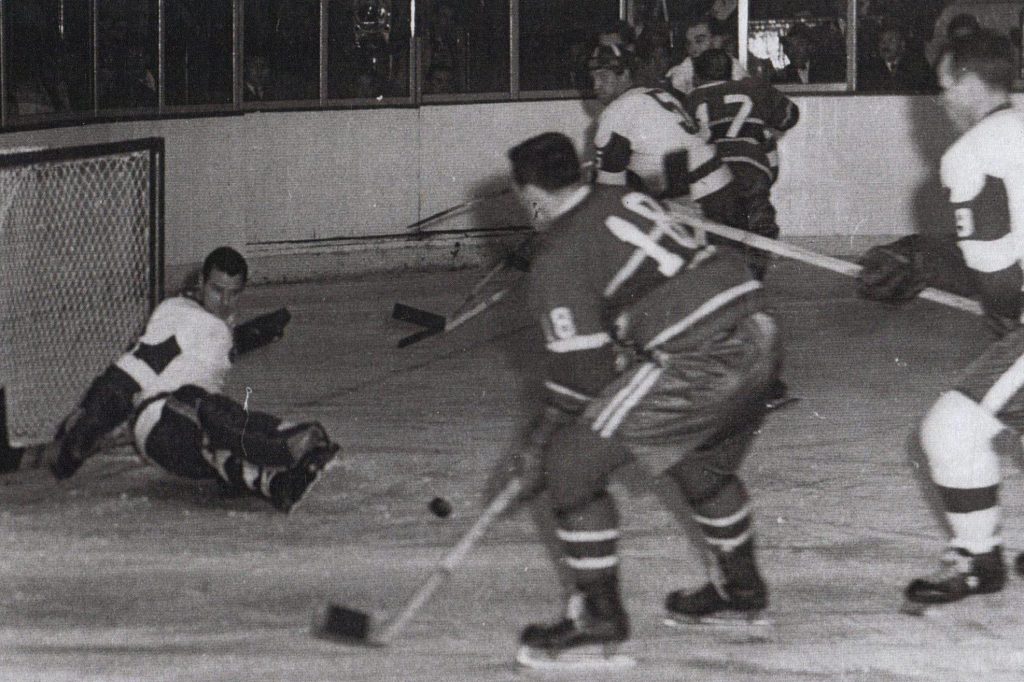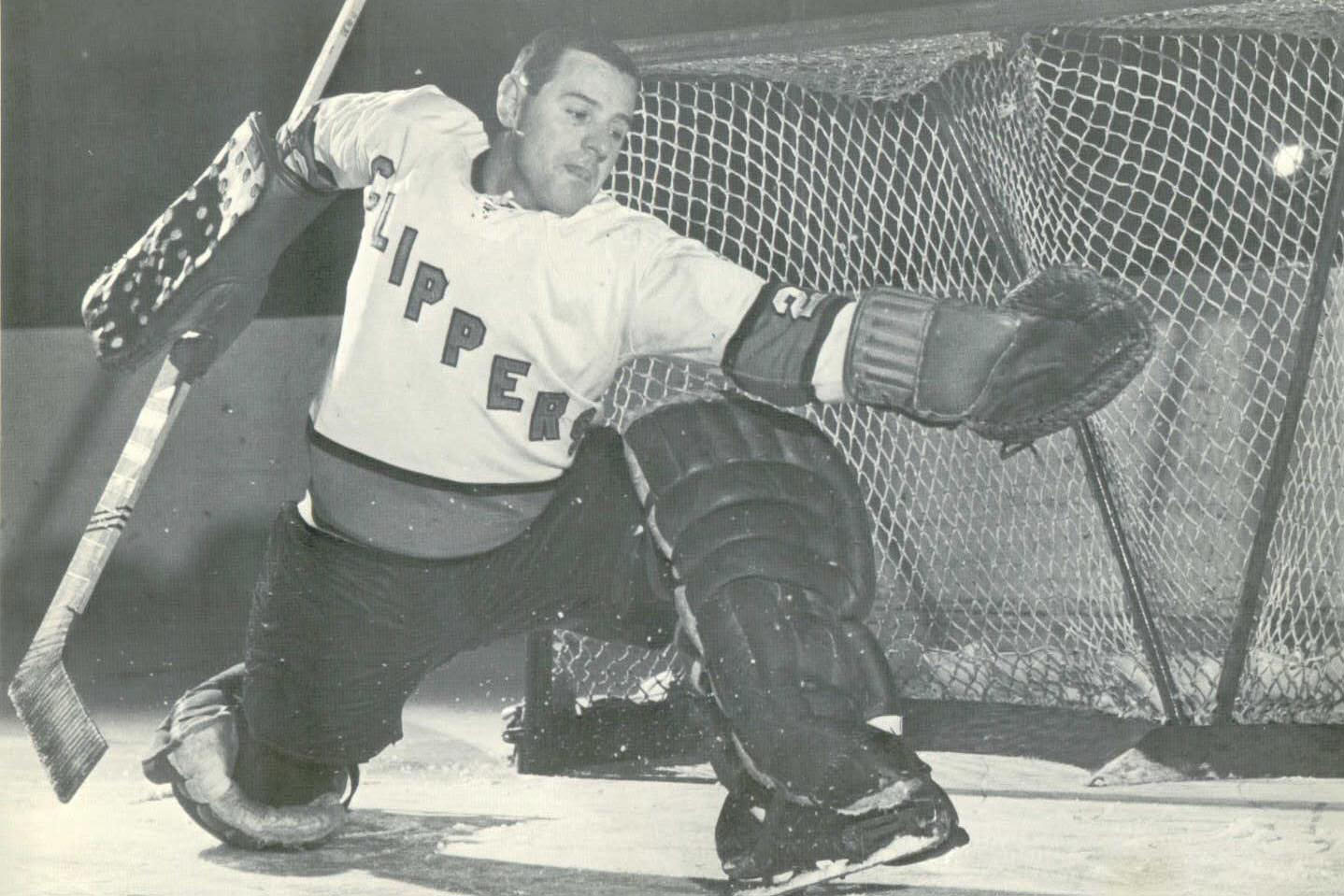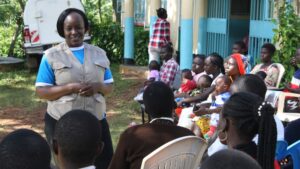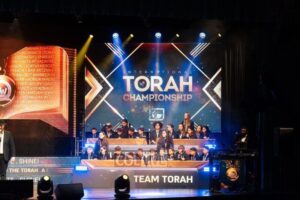Over at PressBox, we are business partners with Monumental Sports & Entertainment, who built and developed our website as well as own the Washington Capitals ice hockey team. So with rapt attention, we watched the Capitals’ incredible run toward the first Stanley Cup victory in the team’s 44-year history. We applaud owner Ted Leonsis for his team’s capturing of the cup.
But for me, the win dredged up a lot of frozen memories of Baltimore’s 1960s hockey history. It brought home reminders of just how close Baltimore was to obtaining one of six expansion teams awarded by the National Hockey League in 1967. And it brought back into focus how Baltimore’s inept decision-making in erecting an obsolete arena would forever doom our chances of being big-time players in the world of indoor sports.
Based on the construction of the Baltimore Civic Center (now the Royal Farms Arena), which opened in the fall of 1962, Charm City had been awarded an American Hockey League franchise that June. At the time, the Civic Center was to be the largest arena in the AHL. In their inaugural season, the Baltimore Clippers played in the Eastern Division along with the Providence Reds, the Quebec Aces, the Hershey Bears and the Springfield Indians. The Western Division consisted of the Rochester Americans, the Cleveland Barons, the Pittsburgh Hornets and the Buffalo Bisons.
At that time, the NHL consisted of just the original six franchises — the Montreal Canadiens, the Toronto Maple Leafs, the Boston Bruins, the New York Rangers, the Detroit Red Wings and the Chicago Blackhawks. At roughly 16 players and two goalies per team, the entire league consisted of only 96 players and about 12 goaltenders.
That left an awful lot of outstanding hockey players in the minor leagues. In the early ‘60s, the AHL was the best of the minor leagues. There were also two other high-caliber leagues — the Western Hockey League and the old International League, which existed from 1945 to 2001. Both the AHL and the WHL still exist today in smaller cities.

In Baltimore’s first five to six seasons in the AHL, the team drew very well, routinely having 6,000 to 7,500 spectators on weeknights and about 10,000 or more on Fridays and Saturdays. I can remember many a weekend night when three or four buddies and I took the downtown bus from Park Heights Avenue to see the Clippers.
One night, we discovered that our junior high school teacher, Mr. Nadrowski, was a huge hockey fan. We were sneaking down to the back rows of the lower seating area when the usher came to shoo us back upstairs. Mr. Nadrowski told his father, the usher, that we were OK. After that, we were always able to move our seats down.
Moving up was on the minds of the owners of the Clippers as the NHL began plans to double the size of their league from six to 12 teams in 1967. That led to a huge expansion derby that included any city with an arena large enough to house an NHL team.
The powers that ran the NHL clearly planned to go west, and two of the six new cities were guaranteed to be from the trio of San Francisco, Los Angeles and Vancouver. That led to the California Seals in S.F. and the Kings in L.A. The league clearly had the Midwest in mind to truly make this a national league. Minnesota and St. Louis were the obvious targets, and the North Stars and Blues were born.
Baltimore appeared to have a better hockey history than Philadelphia and Pittsburgh, but Baltimore and Pittsburgh had solid existing fan bases and were thought to be the favorites to garner the two franchises in the mid-Atlantic and Northeast.
The problem for both Baltimore and Pittsburgh was that Philadelphia already had a much larger potential fan base. The city had been proactive in building the Spectrum, which was to open in time for the 1967 hockey season and had the capacity to hold 17,800 fans. The Civic Center, obsolete for big-time sports from day one, could maybe fit 11,000 for a sold-out hockey game.
The NHL did an inspection of sites and was stunned by what they saw in Baltimore. A stage for plays and concerts was deemed more important than first-class sightlines, and there was no rounding of the seating bowl.
All Baltimore got was the promise that if one of the other cities was not ready — most likely Philadelphia, since the Spectrum opened on Sept. 30, 1967 — Baltimore would be awarded the franchise.
There were ongoing efforts at hockey, including a short-lived 1974-1975 midseason move of the World Hockey League franchise Michigan Stags from Detroit to Baltimore. The Baltimore Blades came into being, went 3-14 and evaporated into thin ice.
After that, Baltimore’s real chances at a hockey future melted away.
Stan “The Fan” Charles is founder and publisher of PressBox.





